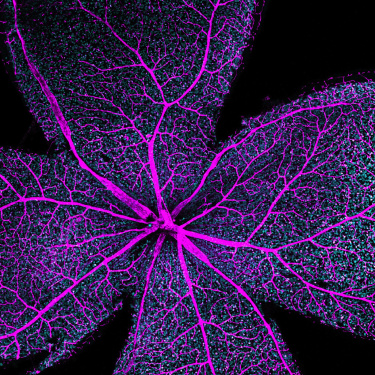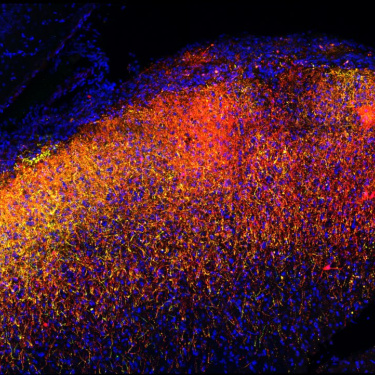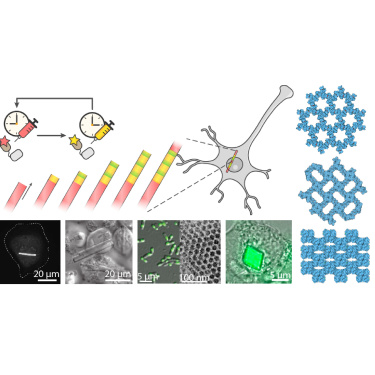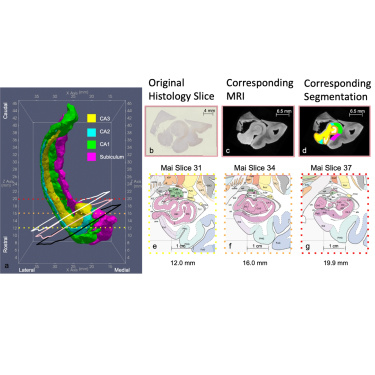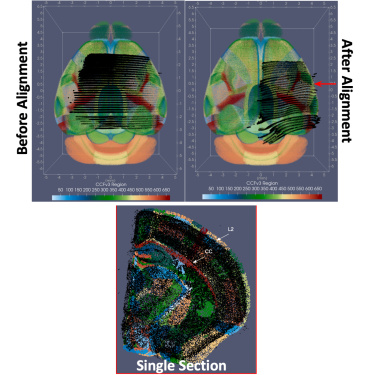Developing customized tools tailored to measure, manipulate, and model the brain across a spectrum of spatial and temporal scales is essential for advancing neuroscience research. These bespoke instruments enable precise and nuanced exploration of neural activities and networks, capturing both fine-grained details and broader patterns of brain function. By integrating advanced technologies and methodologies, researchers can unravel intricate mechanisms underlying cognition, behavior, and neurological disorders.
Kavli NDI PI Dingchang Lin leverages multidisciplinary expertise in chemistry, materials synthesis, protein engineering, and micro/nanofabrication, toaddress existing technological challenges in neuroscience research. The research emphasisencompasses molecular, device, and systems levels, allowing us to develop comprehensive solutions across scales. At the molecular level, the Lin Lab combines protein design and evolutionary methods to create intracellular memory devices that record brain-wide neuronal dynamics with cellular resolution. Specifically, the team focuses on engineering intracellular recorders that capture the histories of neural activity within individual cells, enabling retrospective readout of neural events. At the device level,the Lin Lab develops tissue-mimeticultraflexible neural probes that seamlessly interface with the brain. These probes are mechanicallysimilar tothe soft brain tissue, minimizing gliosis and facilitating chronic recording from the same neuronal population over extended periods. On the systems level, the Lin lab drives innovation in modalities and surgical apparatuses for the precise and minimally invasive delivery of drugs, genetic materials, and electronic devices to the brain. The ultimate goal of the Lin lab is to empower researchers with transformative tools and methodologies that enable deeper insights into the central nervous system, fostering advancements in both basic and applied neuroscience.
